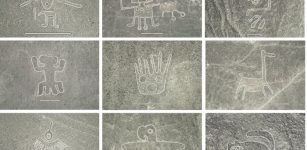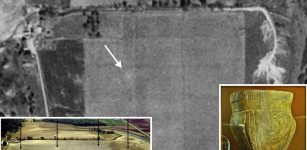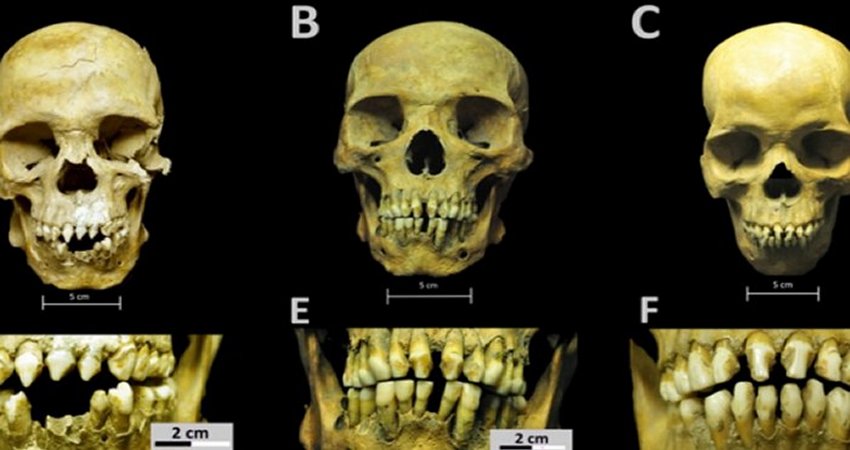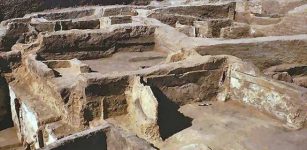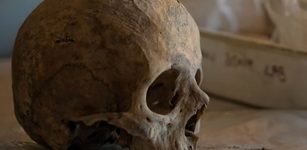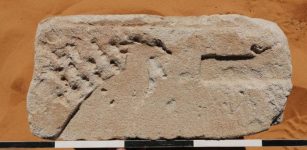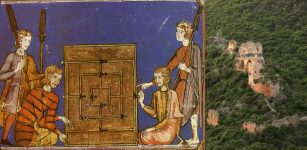Ancient Tomb Of Great Philosopher Aristotle Discovered In Stagira
MessageToEagle.com – Archaeologists think they have discovered a 2,400-year-old tomb of the great Greek philosopher Aristotle in the ancient city of Stagira, in Central Macedonia.
Aristotle was born in Stagira in 384 BC and died in 322 BC in Chalcis, where many believed he was buried. However, two literary sources pointed archaeologists to Stagira, where Aristotle’s ashes may have later been transferred.

The discovery of the tomb of Aristotle was announced by archaeologist Kostas Sismanidis, according to whom the findings from the 1996 excavation lead to the conclusion that the tomb belongs to Aristotle.
“We know that Aristotle died in Chalcis on the island of Euboea,” he explained. “But after some years, they took his ashes and placed them in a bronze vessel.
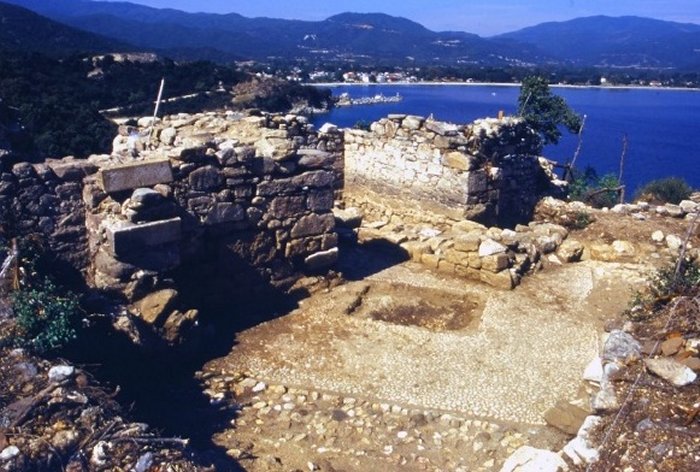
They brought his ashes to his birthplace and made an altar and a public building to celebrate Aristotle as a hero, Kostas Sismanidis said.
The 2,400-year-old tomb stands in the middle of Stagira with 360-degree views:
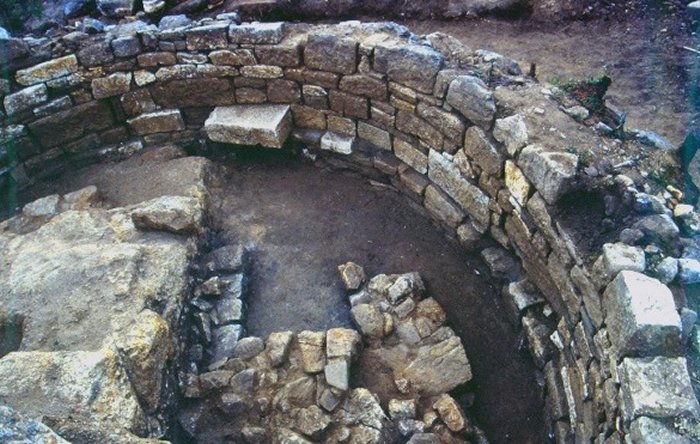
According to the Greek Reporter, “The mounded domed tomb has a marble floor dated to the Hellenistic period. The public character of the tomb is evident by its location alone, however archaeologists also point to a hurried construction that was later topped with quality materials. There is an altar outside the tomb and a square-shaped floor.
See also:
Mystery Of The Silver Hands Discovered In An Etruscan Tomb Full Of Secrets
Discovery Made In Ancient Tomb – Six Golden Pages Of The Oldest Book In The History Of Mankind
Peculiar Artifact Discovered In Tomb Of The Warrior Queen Fu Hao
The top of the dome is at 10 meters and there is a square floor surrounding a Byzantine tower. A semi-circle wall stands at two meters in height. A pathway leads to the tomb’s entrance for those that wished to pay their respects. Other findings included ceramics from the royal pottery workshops and fifty coins dated to the time of Alexander the Great.”
“I have no hard proof, but strong indications lead me to almost certainty,” archaeologist Kostas Sismanidis said.
Aristotle, who was born in 384 B.C., was a student of Plato and is regarded as one of history’s greatest philosophers. He is credited with radically transforming many fields of knowledge, particularly in physics, metaphysics and logic.
An official announcement explaining the origins of the tomb was expected to be made Saturday at the Aristotle 2400 Years World Congress hosted by the Aristotle University of Thessaloniki in Greece.
MessageToEagle.com

